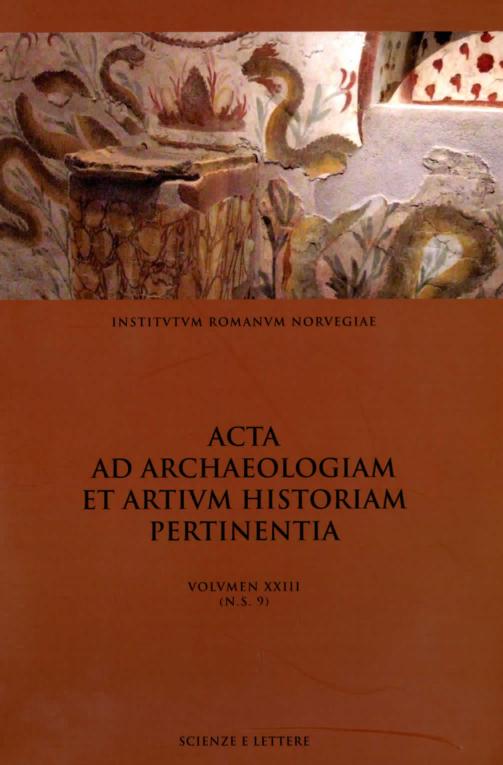Urban Planning in the Greek Motherland: Late Archaic Tegea
DOI:
https://doi.org/10.5617/acta.5766Abstract
Greek urban planning in the Archaic period has essentially been a history of colonial foundations, mainly in Magna Graecia and Sicily. The Greek homeland has often been considered as a place where early cities developed by chance and without any regular layout before the Hippodamean revolution in the early Classical period. The newly discovered urban plan of Late Archaic Tegea in Arkadia challenges this view, showing that the art of urban planning was as well developed in Greece as in the colonies. This new evidence puts the Greek urban development in a new light and explains how the Classical achievements in urban planning were rooted in a tradition in the Greek homeland and not only in the colonies.How to Cite
Ødegård, K. (2017) “Urban Planning in the Greek Motherland: Late Archaic Tegea”, Acta ad archaeologiam et artium historiam pertinentia, 23(9 N.S.), pp. 9–22. doi: 10.5617/acta.5766.
Issue
Section
Articles
License

This work is licensed under a Creative Commons Attribution-NonCommercial 4.0 International License.
Authors who publish with this journal agree to the following terms:
- Authors retain copyright and grant the journal right of first publication with the work simultaneously licensed under a Creative Commons Attribution License that allows others to share the work with an acknowledgment of the work's authorship and initial publication in this journal.
- Authors are able to enter into separate, additional contractual arrangements for the non-exclusive distribution of the journal's published version of the work (e.g., post it to an institutional repository or publish it in a book), with an acknowledgement of its initial publication in this journal.
- Authors are permitted and encouraged to post their work online (e.g., in institutional repositories or on their website) prior to and during the submission process, as it can lead to productive exchanges, as well as earlier and greater citation of published work (See The Effect of Open Access).





